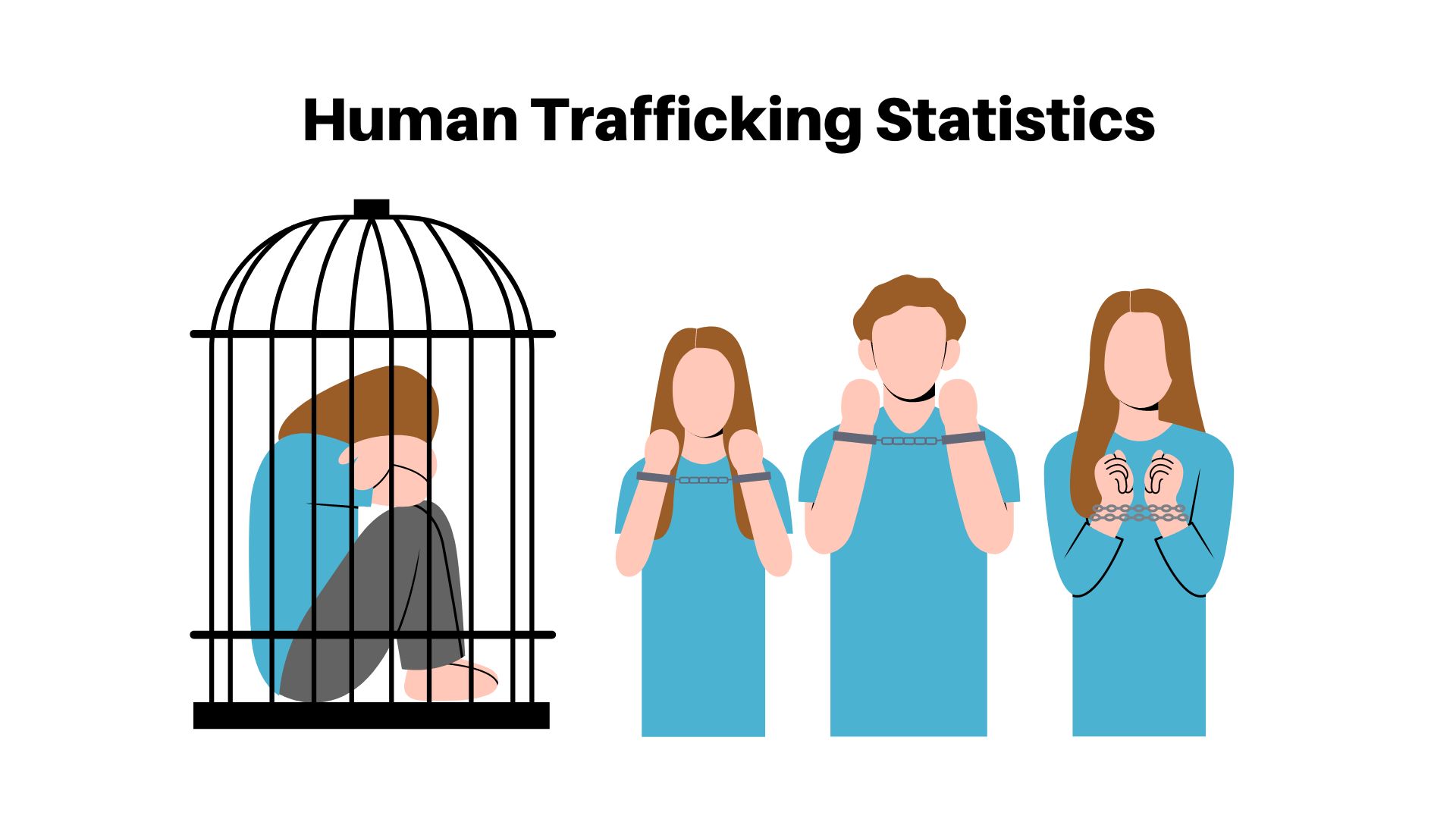NGOCSTIP – Anti-Trafficking. Human trafficking remains one of the most pressing global issues, affecting millions of lives each year. As traffickers adapt to changing environments, so must the strategies used to combat them. In 2024 and beyond, innovative approaches and strengthened international cooperation are shaping the future of global anti-trafficking efforts. This article explores the latest strategies being implemented across the world to prevent trafficking, protect victims, and prosecute offenders.
1. Leveraging Technology to Combat Trafficking
Emerging Tools and Platforms
- AI and Data Analytics: Governments and NGOs are increasingly using AI to analyze patterns in trafficking cases, predict hotspots, and identify potential victims.
- Blockchain for Identity Protection: Blockchain technology is being used to secure identities for vulnerable populations, reducing the risk of identity fraud and trafficking.
Impact:
These tools enhance monitoring capabilities, allowing law enforcement to intervene earlier and more effectively disrupt trafficking networks.
2. Strengthening International Collaboration
Cross-Border Partnerships
- Regional Task Forces: Nations are forming joint task forces to track and dismantle trafficking rings that operate across multiple countries.
- Data Sharing Agreements: Improved data-sharing agreements enable faster exchange of information, enhancing the ability to track traffickers and rescue victims.
Case Study:
In 2023, a joint operation between Southeast Asian nations led to the rescue of over 400 victims and the arrest of 150 traffickers. This success underscores the importance of international cooperation.
READ MORE :Crafting Captivating Headlines: Your awesome post title goes here
3. Community-Led Prevention Programs
Grassroots Engagement
- Empowering Local Communities: Anti-trafficking programs are increasingly focusing on empowering local communities to identify and report trafficking activities.
- Education and Awareness Campaigns: Schools and community centers are launching educational campaigns that teach people how to recognize signs of trafficking.
Why It Works:
By involving communities, these programs create a frontline defense against traffickers and ensure that prevention efforts are sustainable.
4. Victim-Centered Approaches
Survivor Rehabilitation and Support
- Holistic Support Services: Governments and NGOs are expanding support services to include mental health counseling, job training, and housing for survivors.
- Legal Assistance: New initiatives provide free legal aid to help survivors seek justice and rebuild their lives.
Success Story:
In 2024, a survivor-led initiative in Latin America helped over 200 victims reintegrate into society by providing skills training and employment opportunities.
5. Policy and Legislative Reforms
New Laws and Regulations
- Stricter Penalties: Countries are enacting stricter penalties for traffickers and increasing protections for victims.
- Corporate Accountability: New regulations require businesses to audit supply chains and ensure they are free from forced labor.
Key Development:
The European Union recently passed legislation mandating transparency in global supply chains, a major step in reducing labor trafficking.
Conclusion
The fight against human trafficking is evolving, driven by innovation, collaboration, and a commitment to protecting the most vulnerable. As the world continues to adopt these new strategies, the hope for a future free from human trafficking grows stronger. By staying informed and engaged, everyone can contribute to this critical global effort.
